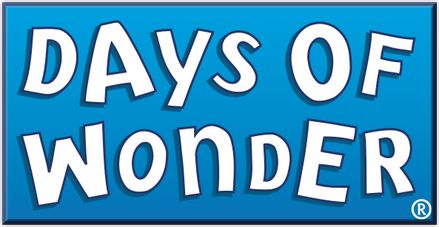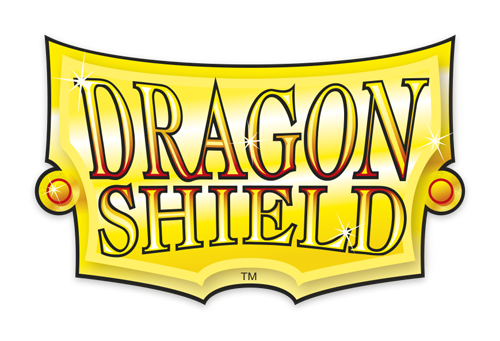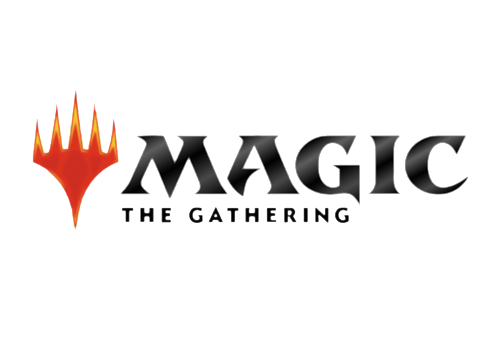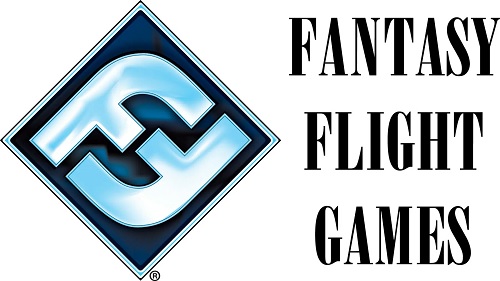Here is the designer diary from David Simiand and Pierre Voye for Time of Empires, the next game from Pearl Games, which will be released in stores on November 25, 2022. —Sébastien Dujardin, manager of Pearl Games
Even Before Creation…
A game, and part of a game, necessarily starts with an encounter between at least two players. So it was in the games bar in Dijon, the Dé Masqué, where we met. Regularly playing together, we noticed that we had much the same playful tastes. One day in December, David asked Pierre this simple question: “Would you like to play a game of civilization with hourglasses?” The idea came from several inspirations, and we thought there was a way to achieve something.
The first inspiration comes from the game Space Dealer, which already used hourglasses as a means of doing actions. The second is the desire to play with the passage of time to build History with a capital H; it seemed obvious for a game of civilization to use the passage of time in this way. The third is real-time strategy video games (such as Age of Empires), whose loading times are used to produce soldiers and harvest resources, for example. Finally, the last is a lesson from Fernand Braudel, an eminent historian who defined History as several times that flow at different rhythms. For example, the time of war and politics is a short time compared to that almost immobile time of socio-economic structures, and it is this hiatus that we wanted to put in the game. This is why we wanted to create “emergencies” (war, events…) whose temporality can break that of the structural one, which consists, for example, of constructing buildings in order to develop one’s economy.
And so, how to make an “expert” level civilization game with hourglasses, which are more associated with party games? This simple question turned into a real challenge that galvanized us immediately. The first was to make a board game — which is a disconcerting idea when you have never created anything: How do you do it? What are the steps? What does it take to turn an idea into a game? We were getting into a civilization game, a type of game we love (as with Through the Ages to name just one of our favorites). As a result, we were going to take inspiration from this type of game and the codes of the genre, with the “style exercise” side of the game being created on our own.
But the biggest challenge was the integration of the “real-time” experience via the installation of workers from hourglasses, a simple but very strong idea. This is how the creation of Time of Empires began.
From the beginning of the creation process as well as for our other fun creation projects, we set ourselves a course to follow a rule: Keep the same state of mind by making games that we want to play and that we miss by their absence in the playful world. It is our main source of motivation and most of our decisions, our good ideas, and our game design mistakes come from this desire to make games that we like.
Alpha Prototype
A few weeks after this proposal from David, we started and quickly several elements were fixed; they will stay until the end.
First, the choice of the action system with two 30-second hourglasses: thirty seconds because it’s neither too short (we have time to think) nor too long (we don’t get bored), and two hourglasses because just one is useless — it would amount to simple turn-based gameplay — and more than two would be too much to handle.
In addition, we wondered how to solve the action related to the installation of the hourglasses:
• Do as in a video game: We place the hourglass, and we resolve the action at the end of the hourglass because the passage of time represents the time to do the action.
=> This first possibility quickly had to be abandoned as it led to haste and forgetfulness.
• Or put down the hourglass and activate it while it is flowing.
In short, a game that had to be refined as there were too many things, some of which we managed to easily modify, while others took us a lot of time.
The game would take place in three ages: antiquity / Middle Ages, modern times, and finally contemporary times. We like the feeling of development, of going through time.
We have taken up the classic pillars of civilization and 4X games: science, culture, production, agriculture, military, happiness, etc.
What’s great in a civilization game is the duality between the need to be strong everywhere (it takes everything to have a good civilization) and the fact that the game pushes you to specialize. Here every pillar is necessary to build a stable civilization. Science provides access to development; resources make it possible to construct buildings; food to increase population; culture to make victory points.
From all these elements, we made a first ugly prototype and here it is:
Eureka! It works!
The game is there: The idea works…but it’s way too heavy! We were far too ambitious with too many parameters. And yes, you will no longer have to deal with happiness, revolutions between governments, random events, attacking barbarians, the formation of troops in several times, etc.
Proto Refinement
We then decide to make a nice prototype (drinking too much porto wine) that we rework again and again and that we present first at game festivals: Paris est Ludique! then FLIP in Parthenay, France.
We then had four types of constructible buildings that provide the following four elements:
• Science (in green), which allows you to research very different technologies with various effects
• Civilians (in orange), who bring resources to build buildings
• Agriculture (in yellow), which allows the growth of the population
• Cultural (in blue), which allows you to gain victory points
We develop our board by adding technologies, which allows us to build buildings that help us develop.
For interaction, players will seek to expand their territory on the common board, possibly going to war. There are also leader and wonder cards that players compete to collect.
We go to festivals and win the FLIP creator competition, especially for mechanical originality.
Editorial Work
From there, to our very great satisfaction, Sébastien from Pearl Games is interested in publishing the game. We are a fan of this editor, and he is motivated to edit our civilization game in real time despite the editorial risks: good hourglasses, cost, etc.
And there, Sébastien puts his finger directly on points that we had not seen when we thought we had already mowed the mammoth. Indeed, the game remains too heavy, and some of our mechanisms even break its fundamental principle: the setting of hourglasses! For example, the technologies were very complex and required a long draft phase between ages that could last almost as long as the real-time phase.
Similarly, we were fixed on three ages of fifteen minutes…which was much too long due to two negative consequences. First, that was a lot of actions, with sixty actions per age and 180 actions in total. This forced us to design filler actions, actions with little impact and little interest in order to limit the increase in power. Second, the players ended their games wiped out. When you think about it, 180 actions is huge as most management games are played in 30-40 actions.
Thus, one of the first pieces of feedback from Sébastien was to divide by three the costs of the wonders to divide by three the playing time. We had not even realized that we could simply reduce the costs for a very similar result that would be more effective in terms of playing feel.
The editorial work started then. We received beautiful maps and graphics, prototypes that were more elegant than ours. Little by little, our game became concrete.
We thank Sébastien again for believing in our game, and we hope that you too will enjoy developing your civilization in three ages of nine minutes each!
David & Pierre






